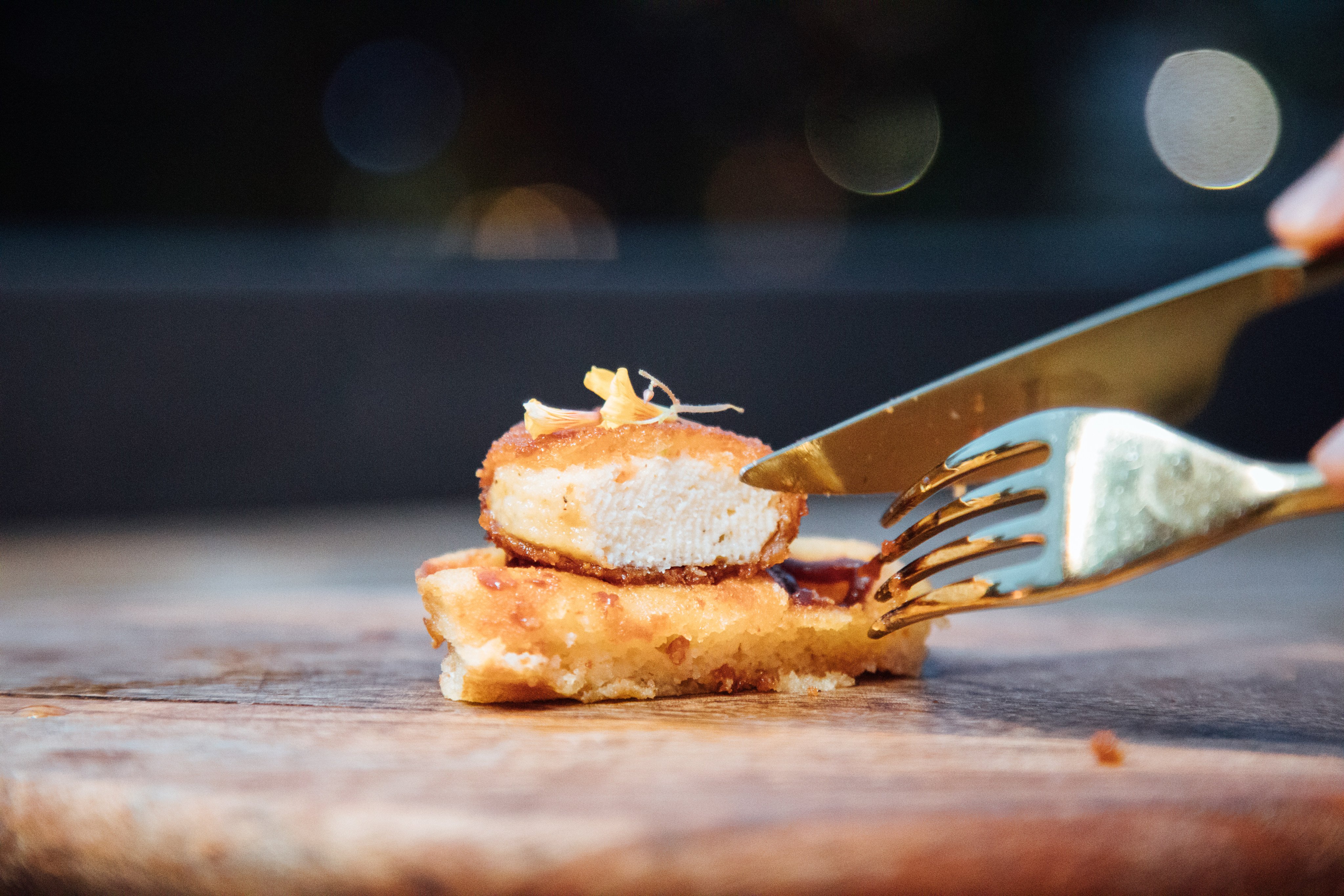
- Asia is front and centre in efforts to produce high-quality lab-grown protein for sustainability. But chefs are divided over the merits of cultivated meat
The food on the plate in front of me – a chicken skewer resting on a bed of couscous salad – looks entirely everyday. But it is far from ordinary: this is one of the most cutting-edge meals on the planet.
At the bistro in Huber’s Butchery in Singapore resides the answer to the age-old conundrum of which came first, the chicken or the egg: it no longer matters – neither chicken nor egg are required to produce meat.
The chicken on my skewer has been grown in a laboratory. Cells painlessly extracted from one living chicken can be divided over and over again, in theory for eternity.
The process takes place in a bioreactor, which is similar to a fermentation tank, and which provides the warmth and energy needed for growth. The cells are immersed in nutrients similar to those an animal would eat naturally, including amino acids, fats and vitamins.

For a moment, looking down at the plate, I wonder if I have strayed into Frankenstein territory and may become the monster, sprouting extra arms, or perhaps a beak in a surreal twist of chicken’s revenge.
Then I take a bite and it tastes, perhaps unsurprisingly, like chicken: somewhere between the bland flavour of the often freakishly large chicken breasts of factory-farmed birds in the West, and the richer, more umami taste of the corn-fed chickens usually preferred in Asia.
Lab-grown meat – all you need to know about the newest ‘alt protein’
To date, Singapore has led the way in cultivated meats, the government working to the “30 by 30” plan, a strategy designed to build up the island’s self-sufficiency.
The Covid-19 pandemic, and ongoing animal diseases such as African swine fever, exposed the fragility of the current food ecosystem, especially for a tiny island state such as Singapore that imports 90 per cent of its food.
The country now aims to sustainably produce 30 per cent of its nutritional needs by 2030, a goal designed to fit the Singapore Green Plan 2030.
That chefs in Singapore are finding themselves less able to source green produce from local farms since implementation of the strategy seems counter-intuitive. But with only 1 per cent of Singapore’s land available for farming, there is not enough room for traditional agricultural practices.
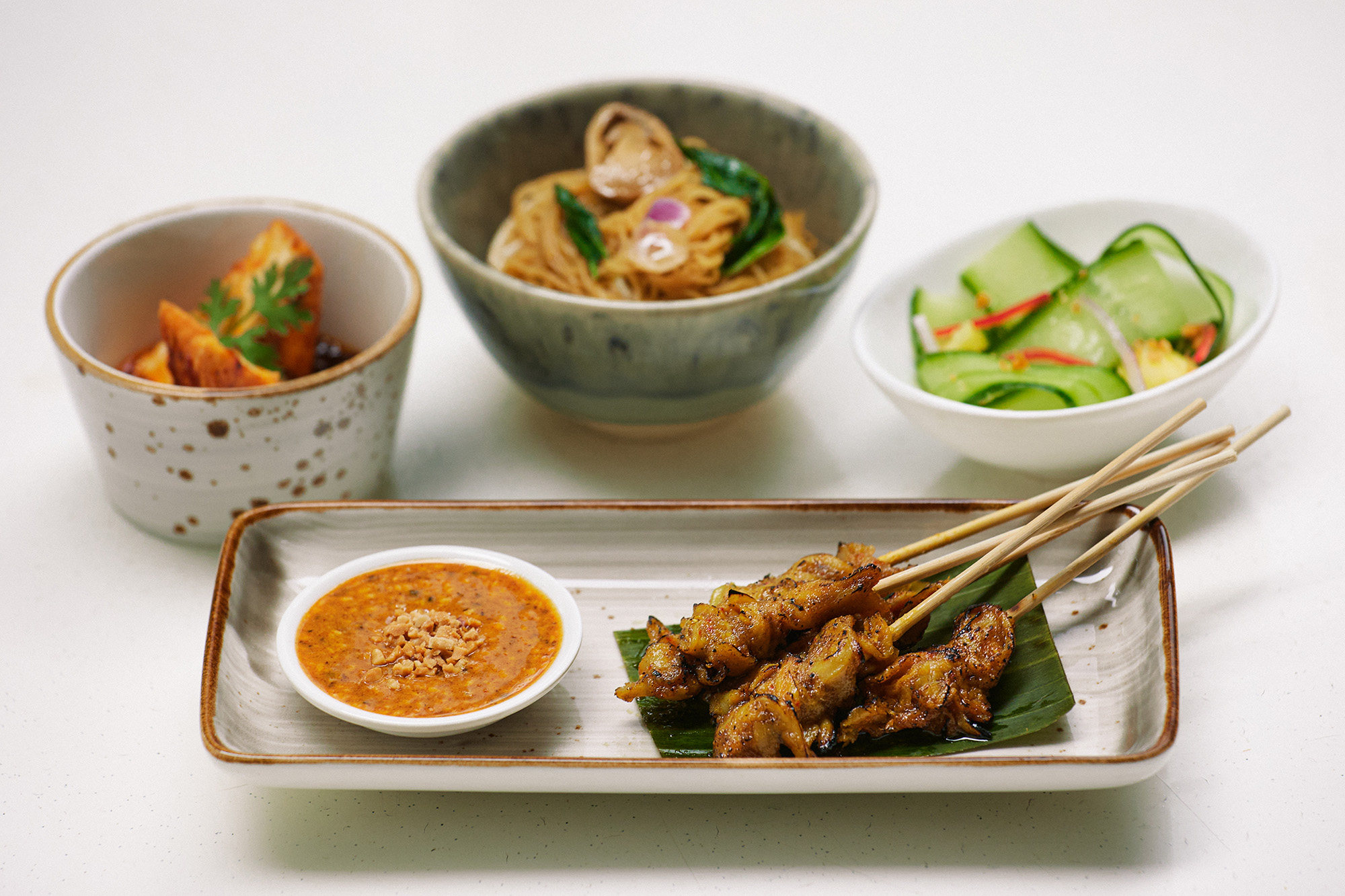
The “30 by 30” plan calls for innovations in food technology such as cultivated meats and indoor, multistorey vertical farms with LED lighting and recirculating aquaculture systems.
Not everyone is impressed with these developments.
“Farms in Singapore are closing. I want the vegetables I use in my kitchen to be grown in the ground, in actual soil, so I’m now having to buy from farmers across the border in Malaysia,” says chef Han Liguang, of one-Michelin-star restaurant Labyrinth, which serves classic Singaporean dishes transformed with modern, sometimes whimsical takes.
Would he serve cultivated meat at Labyrinth? A resounding no.
I thought, ‘Woah!’, when I first heard about cultivated meat, but if lab-grown chicken helps to make a better world, then that’s good. And it tastes greatDominique Crenn, chef of three-Michelin-star Atelier Crenn
Opinions on laboratory-produced food, especially cultivated meat, are indeed divided. Italy’s right-wing government in March backed a bill to ban cultivated meat and other synthetic foods.
Despite these detractors, the sector is expanding rapidly. Across the world there were 156 companies making a variety of cultivated meats by the end of 2022, according to non-profit think tank the Good Food Institute.

Mosa Meat from the Netherlands, which has partnered with Singapore’s Esco Aster, and Aleph Farms in Israel are both specialising in beef. IntegriCulture in Japan is working on foie gras, while Higher Steaks in Britain and CellX in mainland China are exploring pork.
Each company creating cultivated meat has its own proprietary process. At Good Meat, the cells come out like blended chicken, a “pinkish viscous slush” as Aaron Yeo, the company’s director of operations in Singapore, describes it.
Plant proteins are added to provide bulk, but the texture is not quite the same, lacking the fibrous strands of meat.
Other companies are working to develop scaffolds so that the cells take on a closer structural resemblance to animal muscle.
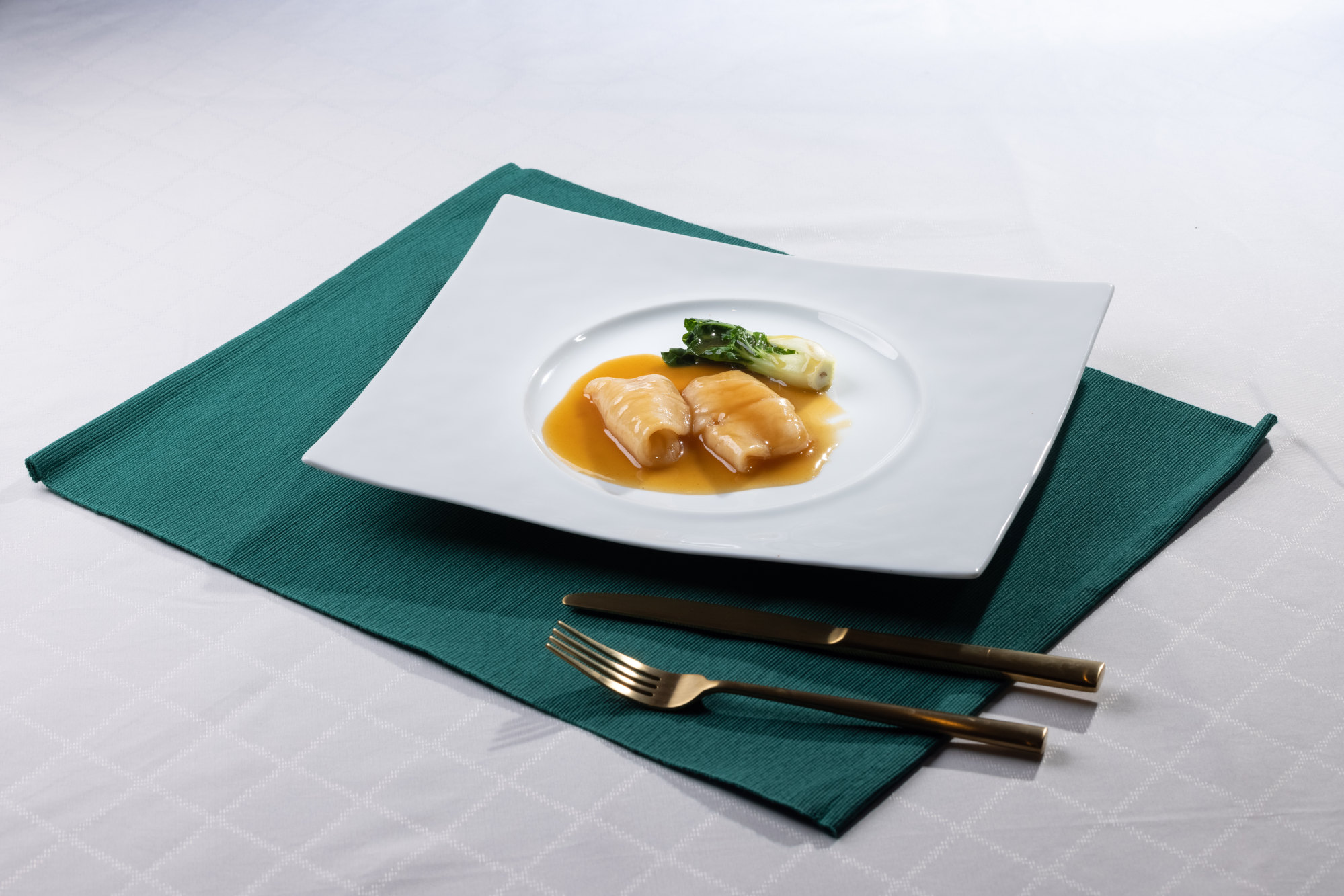
At Huber’s Butchery, every dish of cultivated chicken, which is priced the same as a dish of regular chicken (about S$18/US$13.60), is subsidised by Good Meat.
“The biggest challenges are the technical and scientific challenges of scaling up production and bringing down costs to make cultivated meat,” says Andrew Noyes, vice-president at Eat Just.
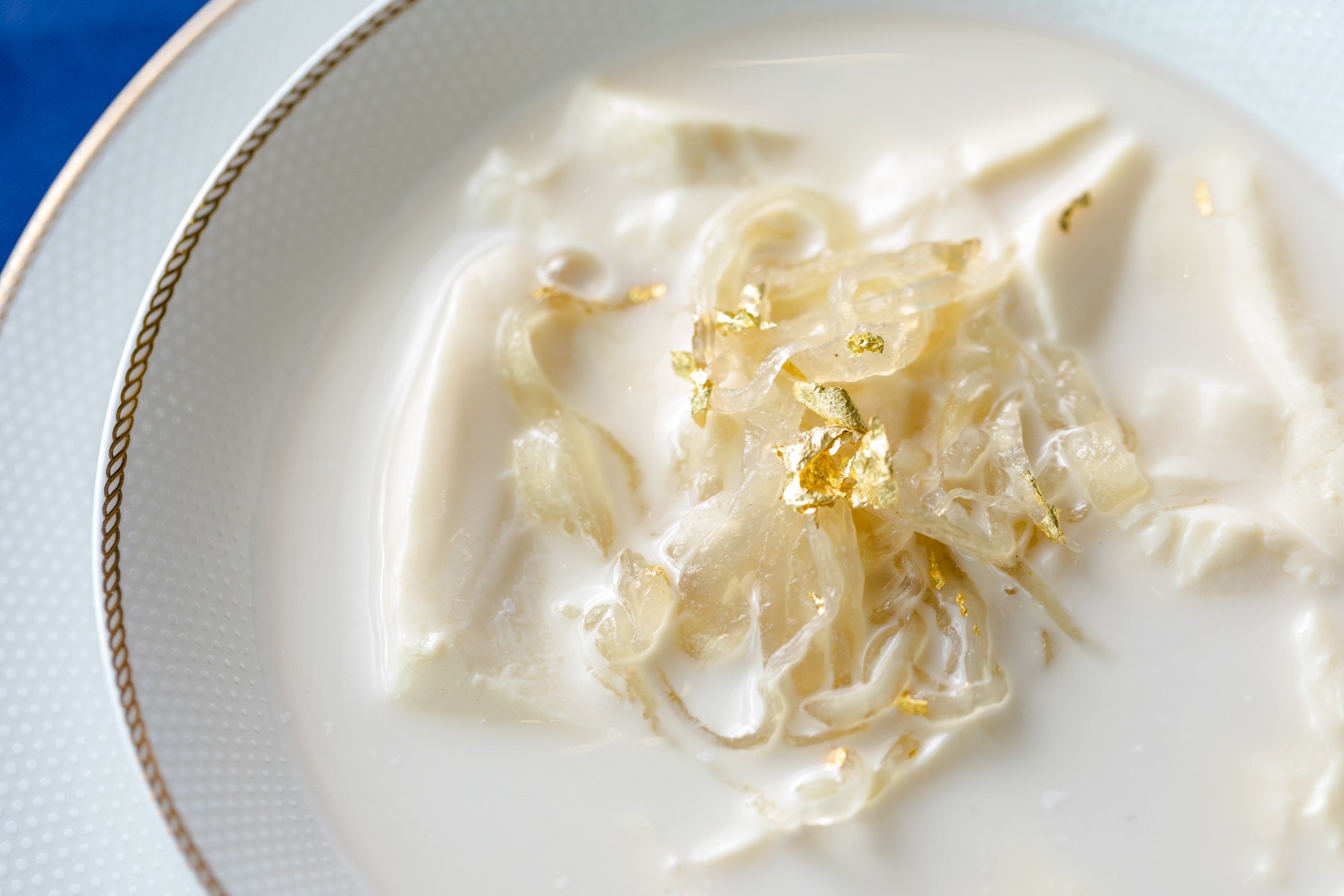
The new factory parent company Good Meat has built in Singapore, with its 6,000-litre bioreactor that is the largest known vessel for avian and mammalian cell culture, should increase scalability and lower manufacturing costs, however.
Unlike Good Meat, whose Singapore strategy is to introduce the public to cultivated meats in an affordable way, some companies are targeting the high end.
Hong Kong gourmet products, such as Avant Meats’ fish maw, could turn a profit sooner than everyday meats such as chicken.

The French-born chef took meat off the menu at all three of her restaurants in 2018, including three-Michelin-star Atelier Crenn in San Francisco.
“I thought, ‘Woah!’, when I first heard about cultivated meat, but if lab-grown chicken helps to make a better world, then that’s good. And it tastes great,” she says.
Partnerships with leading chefs will also help to assuage the public’s fears over cultivated meats being “unnatural”, worries that proponents counter with examples of factory farms, where animals are raised in cramped, unsanitary conditions and loaded with antibiotics and hormones.
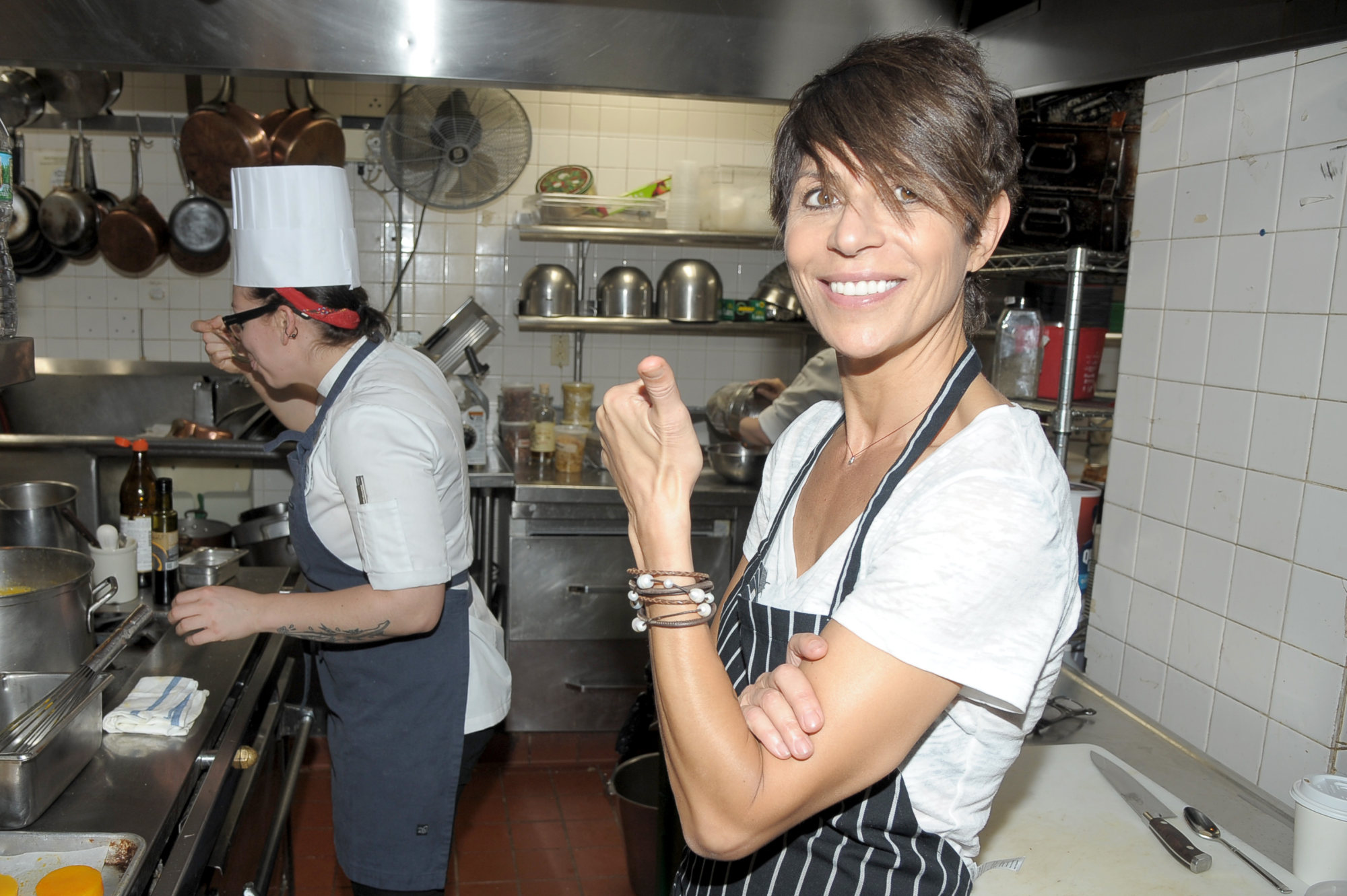
“There’s nothing unnatural about cells growing this way – it’s actually purer and cleaner than conventional, factory-farmed chicken,” says Yeo.
Crenn is not the only chef backing cultivated meats; Good Meats has partnered with Spanish-American chef and restaurateur José Andrés in the US. Andrés is known for his work on sustainability and global food security.
By 2050, when the United Nations predicts the global population will reach 9.8 billion, global demand for meat is set to nearly double. Animal farming already accounts for 15 to 20 per cent of all human-made greenhouse gas emissions.
Finding more environmentally friendly ways to feed the planet is therefore crucial.
Entrepreneurs seek a plant-based slice of SE Asia’s US$600 billion pie
A study published in the The International Journal of Life Cycle Assessment concludes that cultivated meat has the potential to have less environmental impact than conventional meat.
It is almost three times more efficient in turning crops into meat than chicken, the most efficient animal. Agricultural land use is low, which also helps to preserve biodiversity, and it emits less nitrogen and other polluting gases.
Cultivated meat production is energy-intensive, however. Bioreactors require a constant temperature and the biotechnological production of culture medium ingredients is energy-hungry.
Were a plant to be powered by renewable energy sources, the carbon footprint would be lower than for beef and pork, and comparable to the ambitious benchmark of chicken, the study found.
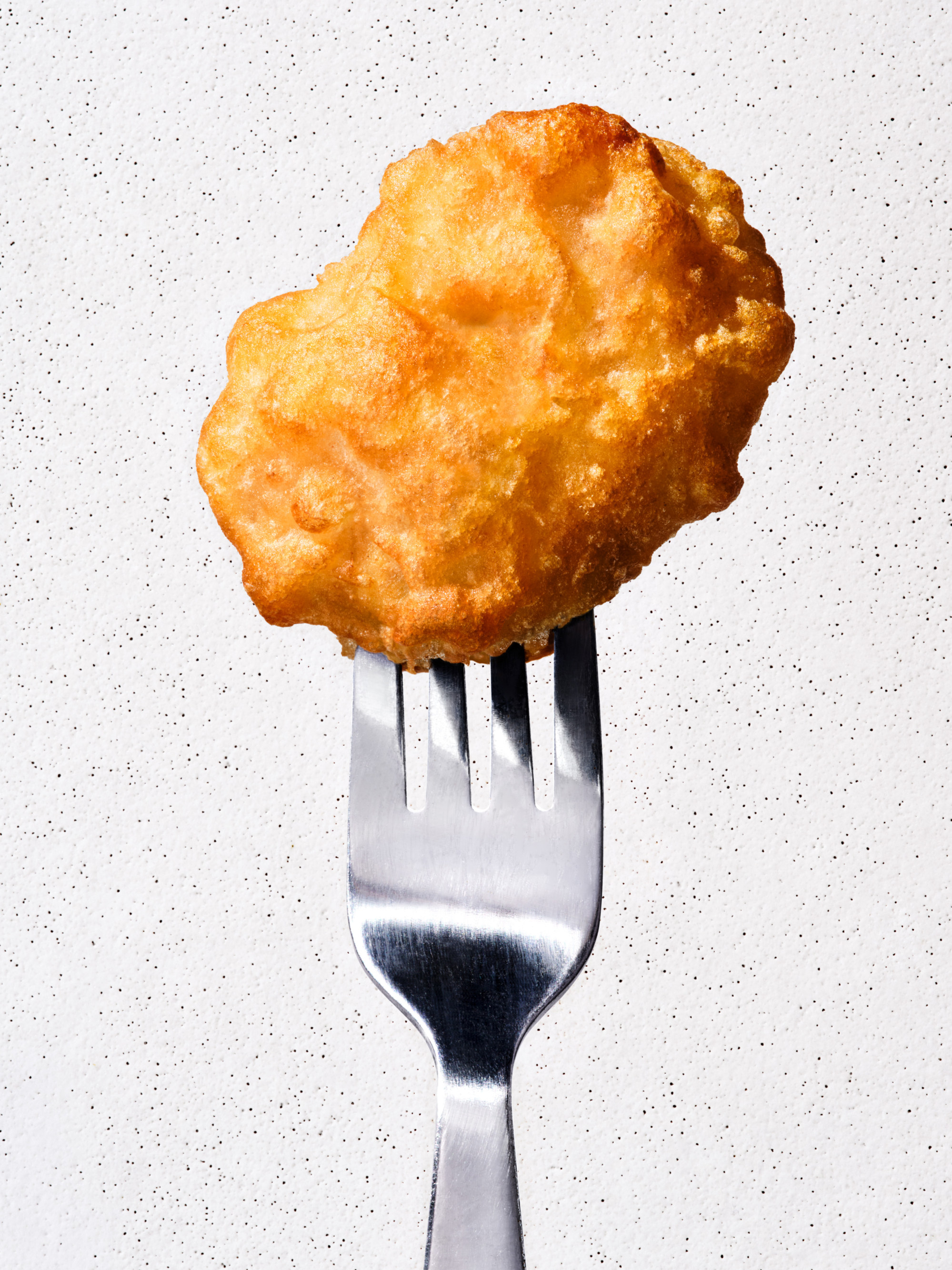
Another cutting-edge food technology that has the potential to minimise the need for animal farming is precision fermentation, a process that has been used for the past 50 years to produce antibiotics, vitamins and insulin.
In this technique, micro-organisms are programmed to make complex organic molecules, such as proteins.
A growing array of food is now being made using this process, in particular cow-free dairy products such as milk and ice cream. US-based Helaina is even using precision fermentation to “brew” human breast milk in microbes.

It launched Asia’s first cow-free milk, Very Dairy, in Singapore in November 2022, and in Hong Kong this summer. It is antibiotic-, hormone-, cholesterol- and lactose-free.
“As there are no animals used to make our whey protein, we don’t have the same level of risk of animal-derived pathogens,” says Alex Brittain, senior vice-president at Perfect Day.
It had previously launched in the US before coming East. While Asia, largely through Singapore, has been at the forefront of the development of the cultivated meat market, and many Asia-based companies are innovating with their own cultivated meat products, there are fewer companies in the region making products through precision fermentation.
At the heart of all these initiatives is the same driving force: sustainably produced protein. And this requires multiple solutionsAlex Brittain, senior vice-president at Perfect Day
Michal Klar, founding partner of Better Bite Ventures, a fund investing in early-stage alternative protein start-ups in Asia-Pacific, says Asia’s low-dairy diets may be the reason.
“In Asia, cultivated meat start-ups are more common and more developed compared with the ones working on precision fermentation.
“One of the reasons might be that precision fermentation technology is currently mostly used to develop dairy proteins, that is whey and casein. Dairy is generally a smaller category compared with meat in most Asian markets,” he says. “India is a notable exception.”
Two prominent precision fermentation start-ups in India are Zero Cow Factory and Phyx44. Perfect Day has also set up local manufacturing in India.
While Asia lags behind in home-grown precision fermentation products, it is proving a leader when it comes to regulations. Finnish food-tech start-up Solar Foods received regulatory approval in Singapore to sell a powder called Solein in September 2022.
To produce Solein, water is split using renewable electricity into hydrogen and oxygen.
Single-celled organisms (a type of soil bacteria) are fed carbon dioxide, hydrogen and mineral nutrients, to create a biomass. This biomass is dried to a powder, making Solein mainly the desiccated bodies of bacteria.
The first-ever public tasting of Solein took place at Fico restaurant in Singapore in late May. Chef and sustainability advocate Oliver Truesdale-Jutras and chef Mirko Febbrile created a five-course tasting menu, including a Kansai-style ozoni (a miso-based soup enjoyed in the morning on New Year’s Day in Japan), smoked pumpkin with Solein salted egg sauce, and Solein ice cream with figs and fig vincotto (a cooked fig liquid).
Febbrile, previously with Michelin-starred Braci, has also launched a Solein chocolate gelato, available at Fico.
Solar Foods chief executive officer and partner Pasi Vainikka likened the tasting event to when the Spanish first encountered the potato in the 16th century in South America.
“This is the first time in history humankind can be provided with edible calories that at no point require photosynthesis. So far photosynthetic plants have been the only feasible way to receive energy from the sun to feed humankind,” said Vainikka in a press statement. “Now, this process can be bypassed in its entirety.
“That’s an absolutely historic moment. A new era begins in the primary production of food and restoring biodiversity.”
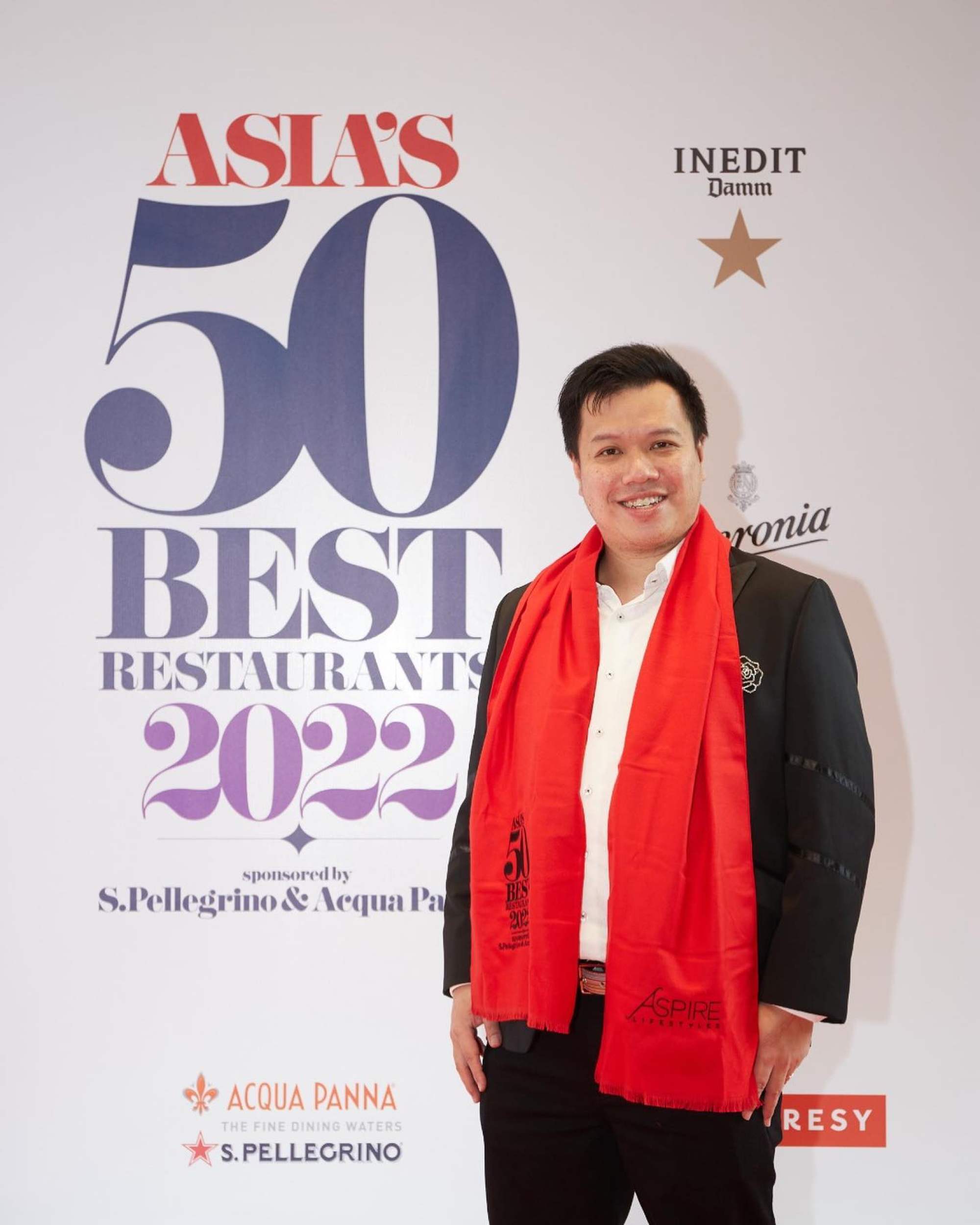
Some environmentalists see technology as the key to protecting nature and improving human well-being. The more radical call for the end of animal farming entirely.
Other environmentalists support a return to more traditional, regenerative forms of farming and are wary of technology, particularly when it comes to who controls it.
Others take a middle path.
“We’re not trying to replace milk from cows grazing regeneratively,” says Brittain. “Our part of the solution – precision fermentation for dairy – needs to come to the fore alongside other solutions, whether that’s regenerative agriculture, plant-based options, which have been doing a good job of converting some consumers, or precision fermentation, which feels like it’s next in terms of readiness to scale.
“Cellular [cultivated meat], depending on which study you read, will likely get to scale and impact in the next eight to 10 years.
“But at the heart of all these initiatives is the same driving force: sustainably produced protein. And this requires multiple solutions,” he says.

